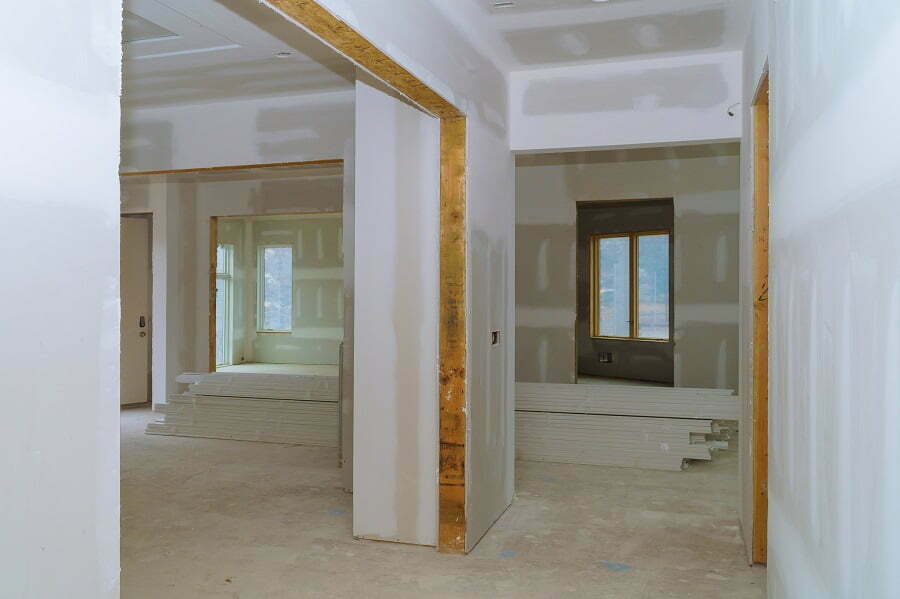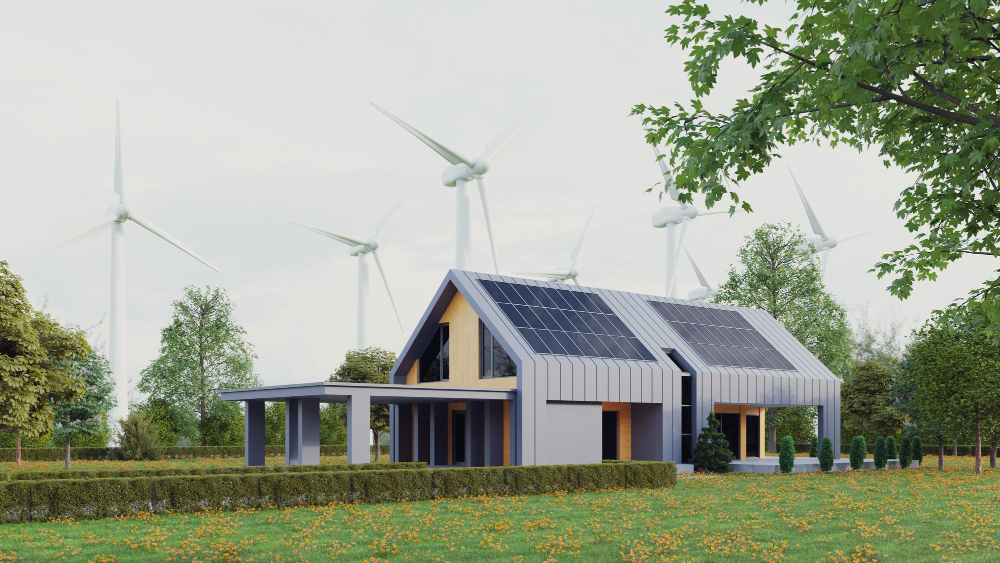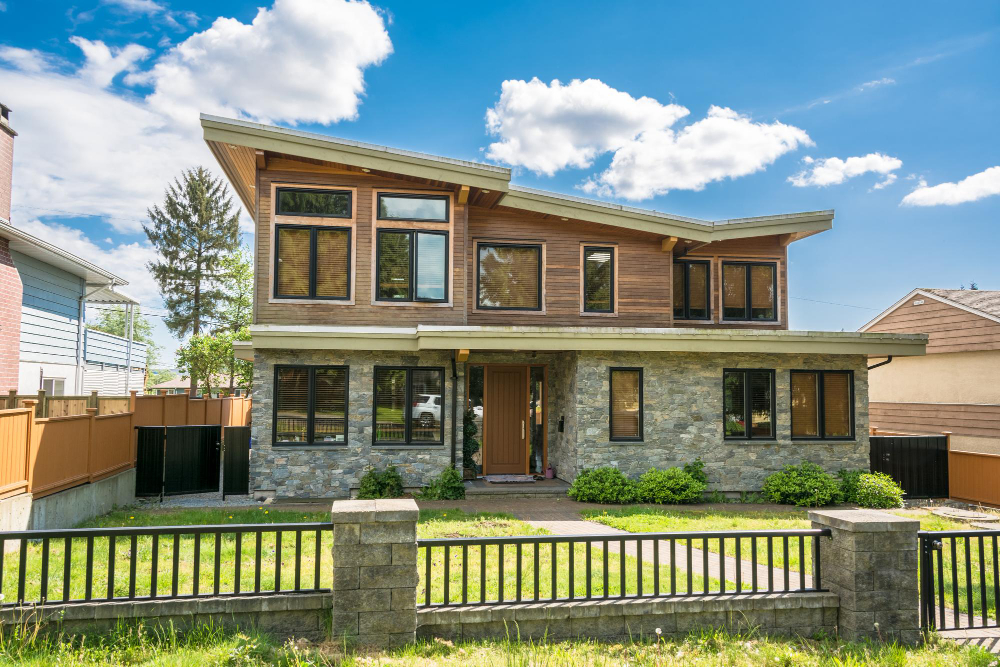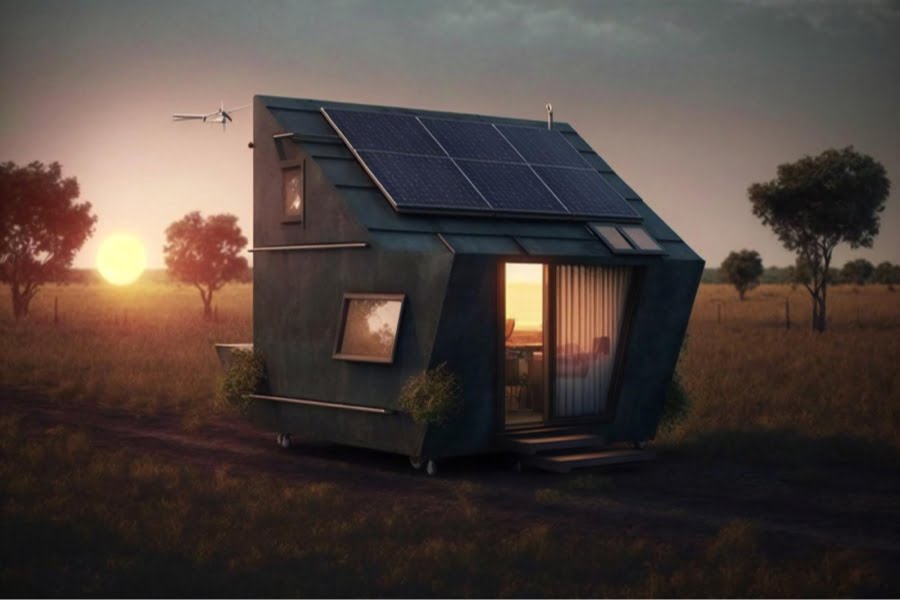Last updated on
As we go through life, our needs and abilities change, and so should our living spaces. If you’re a homeowner or a caregiver to an elderly family member, you’re probably aware of the importance of creating a safe and comfortable environment for seniors.
Whether you’re planning for your golden years or making adjustments to accommodate an aging loved one, making your house more elderly-friendly is a smart and caring choice.
In this blog post, we’ll explore essential steps to transform your home into a haven that promotes independence, reduces the risk of accidents, and enhances the overall quality of life for seniors. Let’s get started.
Install a Lift for Accessibility
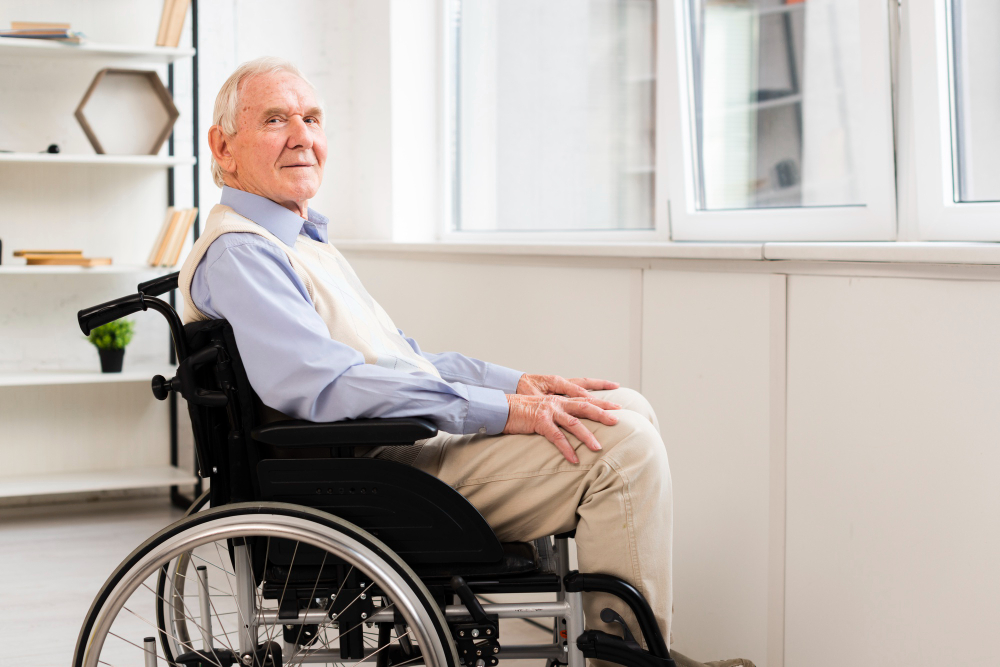
Installing a lift, such as a stairlift or home elevator, can be a transformative addition to making your home more elderly-friendly. These devices provide individuals with mobility challenges and the freedom to move between different levels of the house effortlessly.
.For instance, as seen at stiltzlifts.co.nz, you can install a wheelchair lift that seamlessly integrates into your home’s design, ensuring both functionality and aesthetics. This type of wheelchair lift allows individuals with limited mobility to maintain their independence and navigate their home comfortably and safely.
Lifts enhance independence, reduce the risk of falls, and make it easier for seniors to navigate their living spaces. When considering a lift, consult with professionals to determine the most suitable type and location for your specific needs.
Remove Tripping Hazards

One of the essential steps in creating an elderly-friendly home is eliminating tripping hazards. These potential dangers, such as loose rugs, clutter, or electrical cords, can lead to serious accidents for seniors with limited mobility or balance issues. To enhance safety, remove or secure any loose or uneven flooring materials and ensure that walkways are clear and unobstructed.
Taping down or tucking away cords can prevent accidents and make it easier for seniors to move freely. By addressing these simple but crucial changes, you can significantly reduce the risk of tripping and falling, providing a safer environment for your elderly loved ones.
Include Grab Bars and Handrails
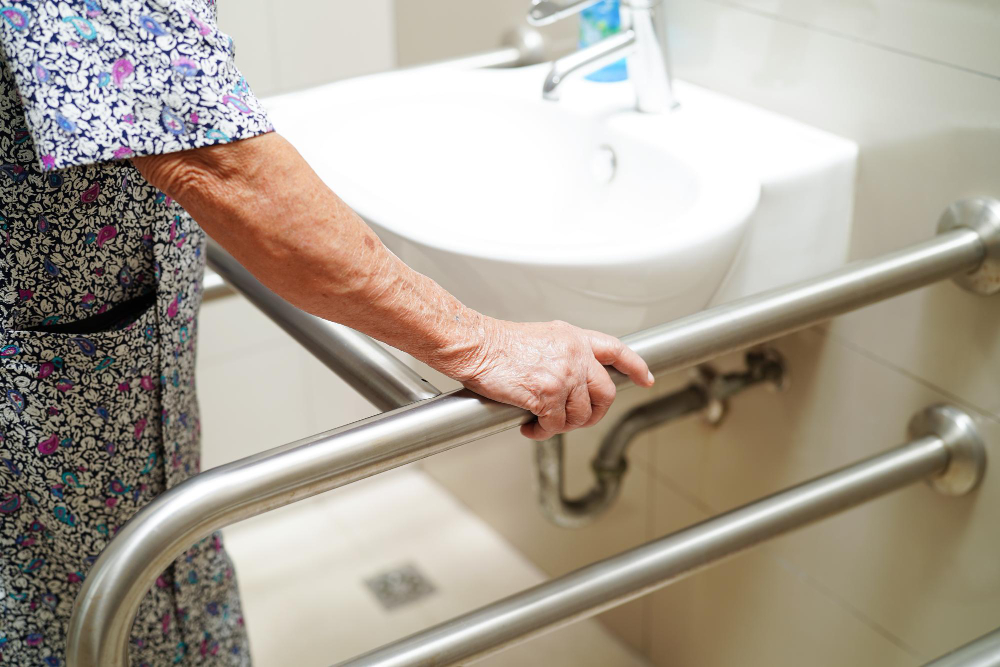
Adding grab bars and handrails in strategic locations around the home is a fundamental element of creating an elderly-friendly environment. These fixtures offer essential support and stability, particularly in areas where seniors may experience difficulty, such as bathrooms and staircases.
In the bathroom, installing grab bars near the toilet and in the shower ensures that seniors have something to hold onto, reducing the risk of slipping and falling.
Handrails along staircases and hallways provide extra balance and confidence. Proper installation is critical, and it’s recommended to consult professionals to ensure these safety features are securely affixed, enhancing the overall accessibility and safety of the home.
Improve Lighting
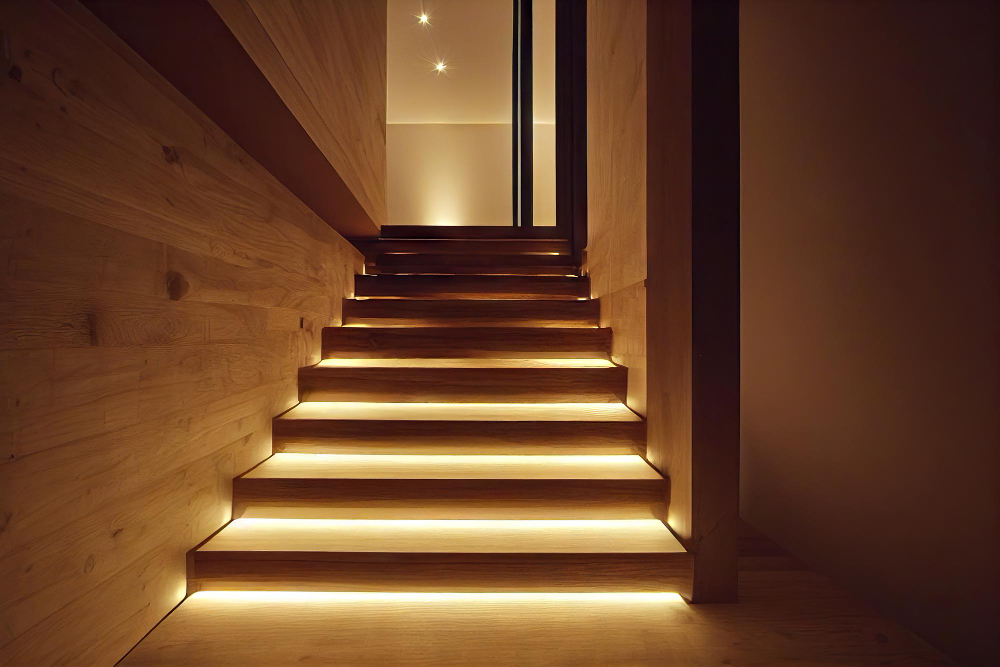
Enhancing the lighting in your home is a simple yet impactful way to make it more elderly-friendly. Adequate illumination is crucial for seniors, as it improves visibility and reduces the risk of accidents.
Consider increasing the brightness of lights, especially in areas like hallways, stairwells, and common living spaces. Motion-activated lighting can be a convenient addition, automatically illuminating a room when someone enters.
Additionally, voice-activated or smart lighting systems make it easier for elderly individuals to control the lighting with simple voice commands. By improving the lighting in your home, you create a safer and more comfortable environment that promotes independence and well-being for seniors.
Adapt Bathrooms
Adapting the bathroom is a critical step in making a home elderly-friendly. Start by replacing traditional bathtubs with walk-in or roll-in showers, which are more accessible for seniors with mobility challenges.
Installing a raised toilet seat and adding non-slip mats inside the shower and on the bathroom floor enhances safety. Consider a handheld showerhead for easier bathing, and ensure that all bathroom essentials are within arm’s reach.
Properly placed grab bars in the shower and near the toilet provide essential support. These modifications not only reduce the risk of slips and falls but also increase comfort and independence, making the bathroom a more user-friendly space for elderly residents.
Consider Accessibility
Creating an elderly-friendly home involves carefully considering accessibility throughout the living space. One significant aspect of this is widening doorways to accommodate wheelchairs or walkers, ensuring that seniors can easily move from room to room.
Additionally, eliminating steps or thresholds at entrances and within the home makes navigation smoother. Single-level living arrangements, if feasible, can further enhance accessibility, eliminating the need to climb stairs.
These changes promote independence and reduce physical barriers, allowing elderly individuals to maintain a higher quality of life and move freely within their homes, ultimately fostering a safer and more comfortable living environment for aging residents.
Incorporating these essential modifications can transform your house into a safe and welcoming haven for elderly family members. Removing tripping hazards, installing grab bars and handrails, improving lighting, adapting bathrooms, and considering accessibility all work together to enhance the quality of life and independence for seniors.
These changes not only reduce the risk of accidents but also promote a sense of security and comfort, allowing elderly individuals to age in place with dignity and confidence, surrounded by a home that meets their unique needs.
Related reading:
Table of Contents

